PTE Reading Practice Tests 2025
5 min read
Updated On
-
Copy link
Boost your score with free online PTE Reading practice tests and achieve your international education goals. Learn how to handle different types of PTE Reading questions and maximise your PTE Reading practice.
Table of Contents

Limited-Time Offer : Access a FREE 10-Day IELTS Study Plan!
PTE Reading is the second component of the PTE test, developed to measure students’ ability to read in English. In order to be successful in the PTE exam, you must be able to read and comprehend what you are reading. Reading isn’t just about skimming and consuming information; it’s about comprehending and remembering it as well. Since it is a complex and continuous process, you should acquaint yourself with PTE Reading practice tests before taking the actual test.
Understand the Reading Test Format
The PTE Reading component demands you to read a variety of texts and answer questions based on your comprehension of them. Texts relating to academic topics such as humanities, natural sciences, and social sciences will be provided to you. This single-timed section lasts about 30 to 40 minutes and has 15-20 questions that evaluate students’ independent and integrated abilities.
This section’s questions are intended to assess your abilities to read and write in English. Because the PTE Academic is an integrated skills exam, one question type in this section also tests writing abilities. In the Reading section, there are five different types of questions. Here’s a list of them:
| Question Type | Details |
|---|---|
| Fill In the Blanks – Reading & Writing | In the ‘Fill In the Blanks – Reading and Writing question, candidates are provided with passages of upto 80 words and some missing words. Test takers are required to choose the better alternative from the given list of options. |
| Multiple Choice, choose multiple answers | In this question type, you will be given a text prompt of up to 300 words. You are provided a question and multiple alternatives on your screen in a multiple-choice, multiple response style question. You are required to answer the question by choosing the most suitable responses from the list of options based on the content or tone of the text. |
| Re-order Paragraphs | In this type of question, students are provided with sentences displayed in random order on the screen. To answer this question, candidates are expected to arrange those sentences logically. |
| Fill In the Blanks – Reading | In the ‘Fill In the Blanks – Reading question, candidates are provided with passages and some missing words within the passage. Test takers must select a single correct answer from the list of words given to fill the blanks. |
| Multiple Choice, choose single answers | In Multiple-choice, single-answer questions, candidates are provided a question and several answers on your screen in a multiple-choice. They are expected to pick a single response based on the content or tone of the text. |
PTE Reading Practice Tests
In order to assist you in identifying your weak areas and enhance your Reading abilities in preparation for the PTE test, below are some PTE Reading practice tests:
Things to Keep in Mind while Taking the PTE Reading Practice Test
Some candidates perform better while reading texts because they guess words based on context. Other individuals have a harder time reading in context because they struggle to deal with long sections or grasp language as it grows longer and more complicated. As a result, several options for dealing with each question and improving your PTE score card are discussed below.
Fill in the Blanks – Reading and Writing
- In this type of question, you must choose the most appropriate words from a list of choices. In order to locate the correct answer, skim for general meaning.
- This question also necessitates a strong vocabulary because many of the terms are synonyms, and you must determine which word best fits the blank.
Multiple Choice, Choose Multiple Answers
- Read through the response options quickly and make a note of any terms that appear more than once, especially adjectives or nouns. If the same noun phrases appear in several selections, the solution is most likely connected.
- Learn to paraphrase, which entails expressing the same idea using different words.
Re-Order Paragraphs
- Before you start re-ordering the text options, read them all attentively. This will help you comprehend the text’s core theme. You can also find out the topic by writing down the essential phrases.
- Look for sentences that include phrases with, however, but, although additional phrases also like, moreover, furthermore, besides. Look for the sentence that comes before it.
Fill In the Blanks – Reading
- Make an effort to comprehend the complete statement that has a blank. Determine if the blank calls for a noun, verb, or adjective. Choose your words carefully.
- It will be easier to list the correct answer if you read before and after the blank.
Multiple Choice, Choose Single Answers
- Read the question first to determine what you should concentrate on. Start reading the content after taking a look at the question and the alternatives. Choose only one option that you believe is the best.
- Concentrate on the frequency words (for example, always, sometimes, never many, all, often, never, only) and eliminate those options to get the correct answer.
Tips for Self-Practice for PTE Reading Test
If you don’t want to opt for PTE Training, follow the methods below to improve your reading abilities while studying on your own:
- Evaluate your reading abilities - Recognize your reading limitations. This will enable you to pinpoint your weak points and take effective steps to address them. Read a variety of publications and keep track of your reading abilities. Examine how your reading endurance changes as you read texts on various themes.
- Build your reading stamina - Gradually increase your reading stamina once you’ve established your reading performance. For example, if you were previously reading material for 30 minutes, gradually increase your reading time by minutes. For example, you could read for an extra ten minutes each time.
- Interact with the text - In your reading material, underline or highlight the relevant information. Make additional notes in the reading material. Make a note of all the significant details about the topic, such as crucial dates, facts, characteristics, or people.
- Improve your vocabulary skills - Reading comprehension entails comprehending the relationships between words and their messages as a whole. To effectively evaluate the meaning of the text, you must first comprehend each word individually. As a result, have a dictionary ready when practicing reading a text and use it anytime you encounter an unfamiliar word.
- Pay attention to context clues - You are not permitted to reference your dictionary during the PTE exam. Don’t be alarmed if you come across any unfamiliar words. Examine the context of the term and attempt to determine its implied meaning. Reading comprehension is made up of several cognitive processes that are interconnected. Among other things, it requires you to recognize that text, identify connections, and determine their literal and implicit meaning.
In the end, consistent practice is the key to cracking the PTE Reading section. Every free online PTE practice test you take is one step closer to mastering the format, building your reading comprehension, and achieving your target PTE Academic score. So, set a schedule, track your improvement, stay motivated and turn your practice tests into your secret weapon for PTE success!
Useful Links:
- Negative Marking in PTE
- Fill in the Blanks in PTE Reading
- PTE Exam Dates – City Wise PTE Exam Dates
- PTE Score Chart - Score Calculation and Conversion
- PTE Exam Pattern
- PTE Slot Booking
Frequently Asked Questions
Are PTE practice tests harder than the actual exam?
Can I improve reading by practicing listening or speaking too?
What are some common mistakes students make in PTE reading practice tests?
What is the best time of day to practice PTE reading tests?
Other PTE Exam Related Articles

Start Preparing for IELTS: Get Your 10-Day Study Plan Today!
Explore other IELTS Articles

Kasturika Samanta
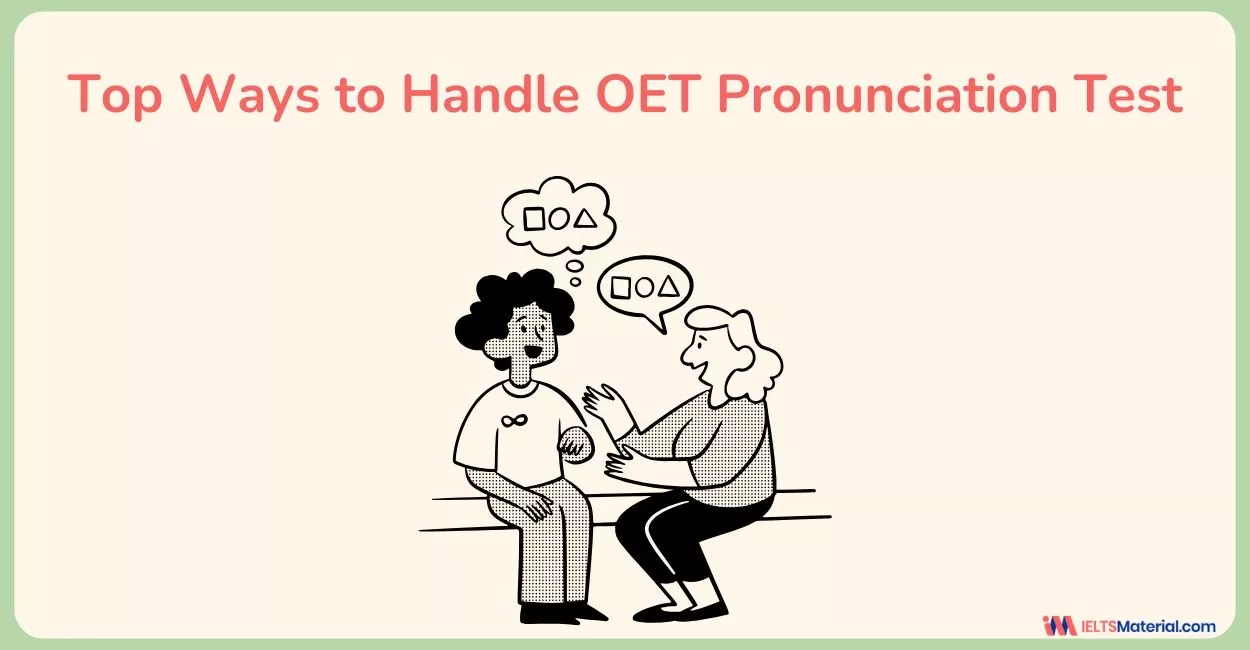
Prity Mallick
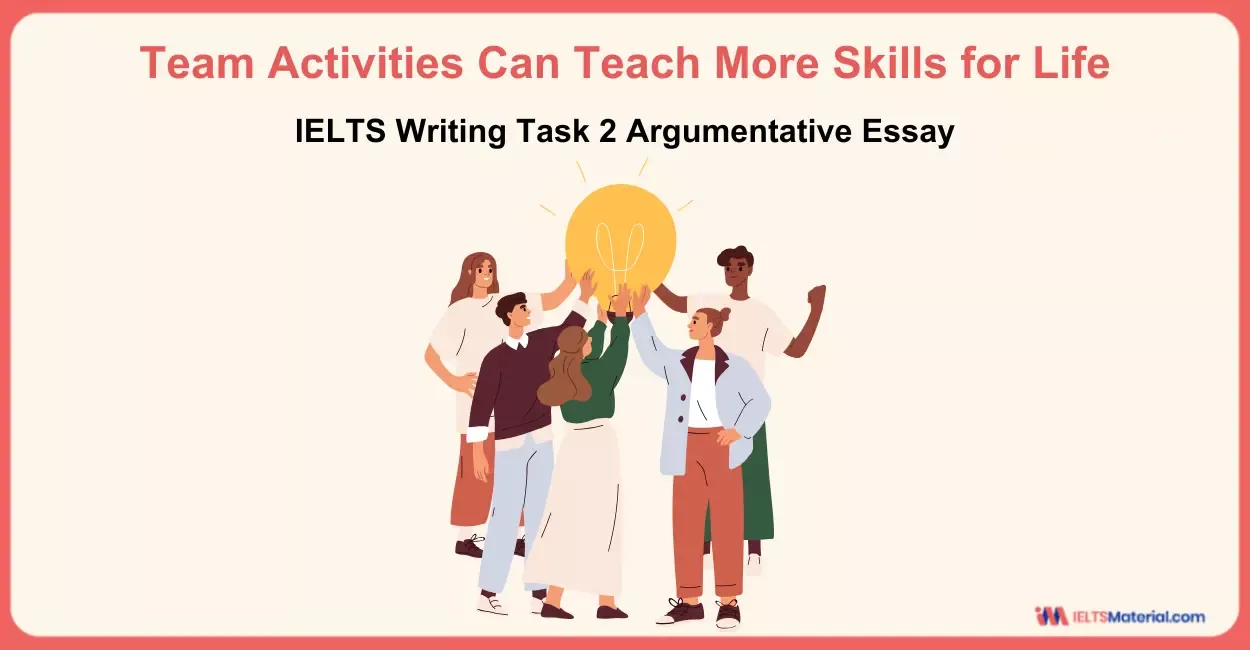
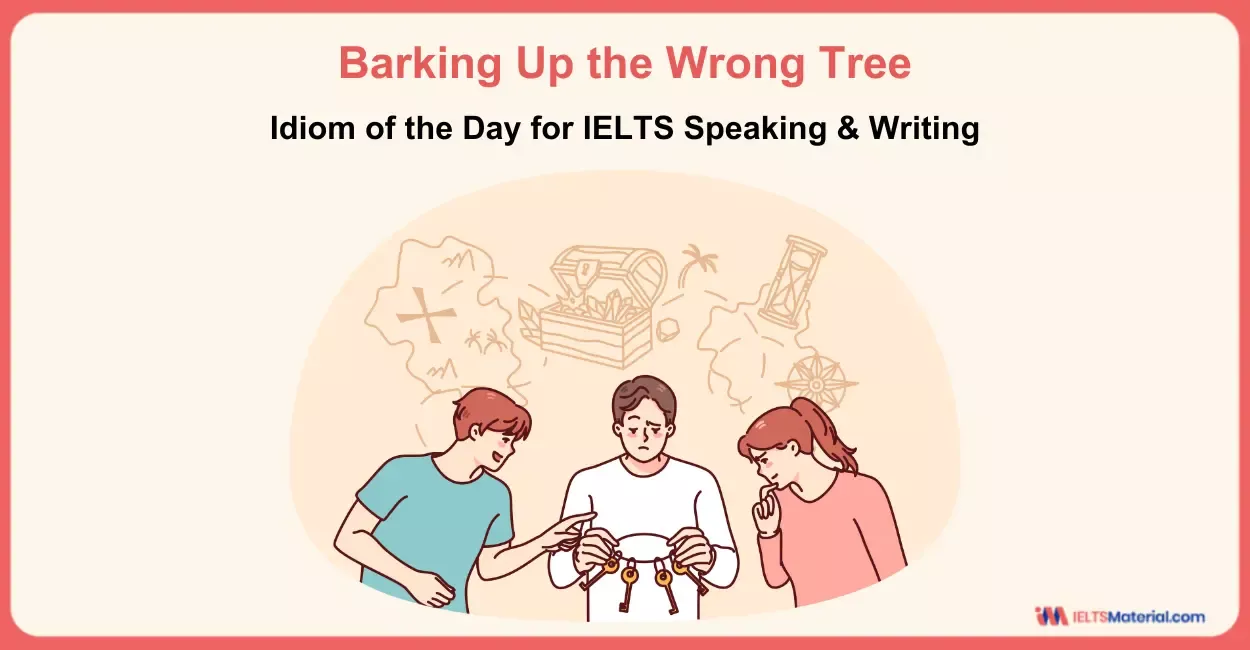
Nehasri Ravishenbagam
Recent Articles
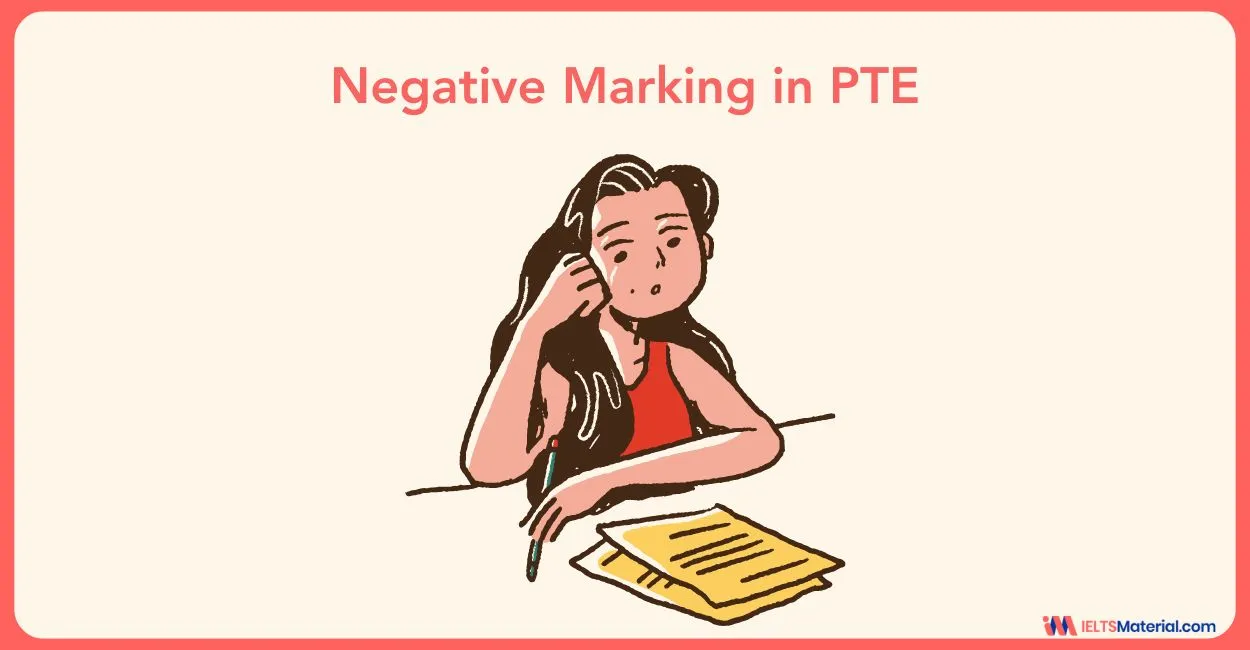
Kasturika Samanta
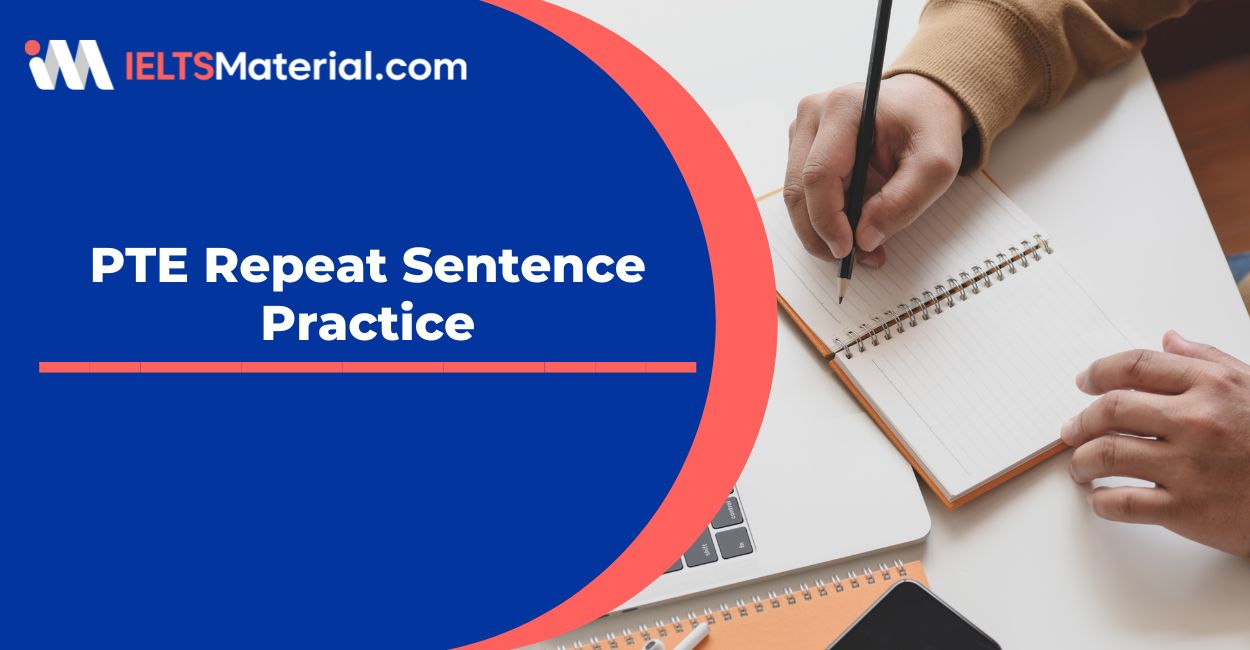
Kasturika Samanta
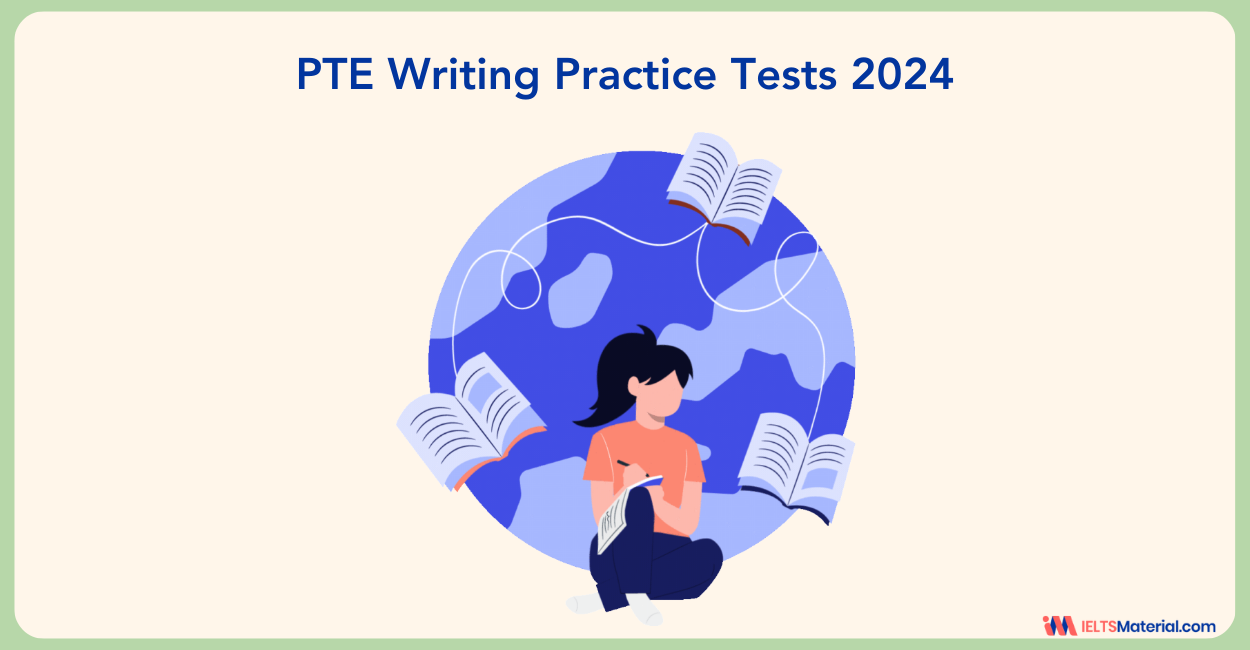
Kasturika Samanta
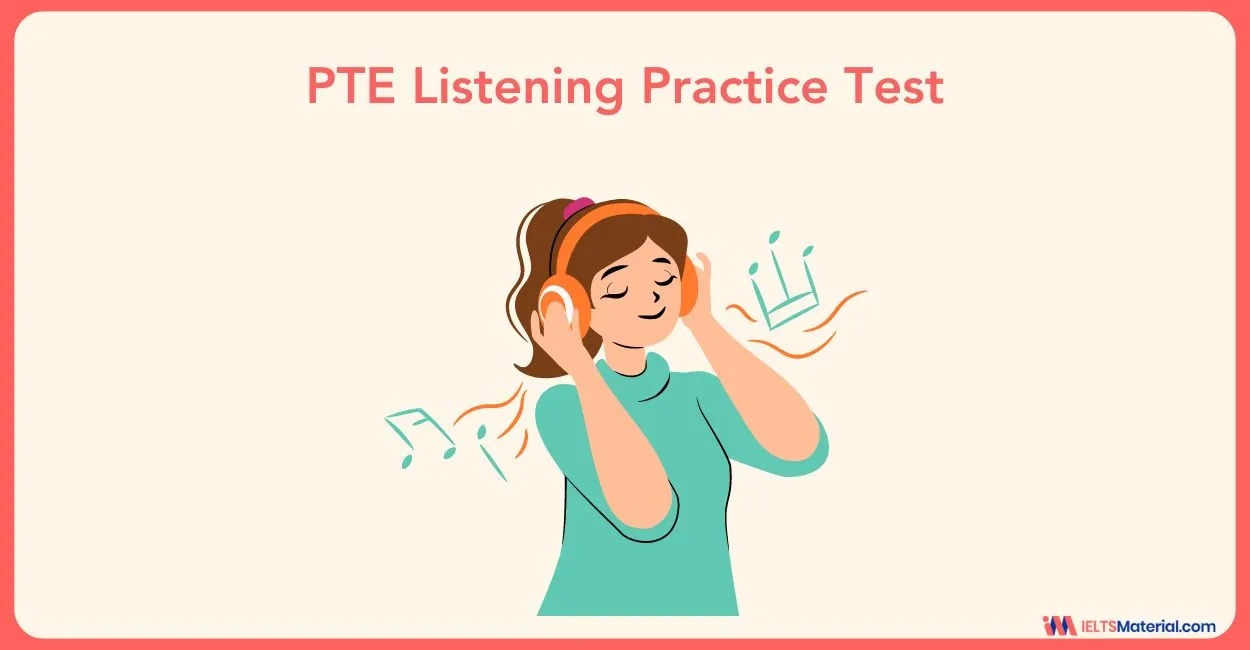
Prity Mallick
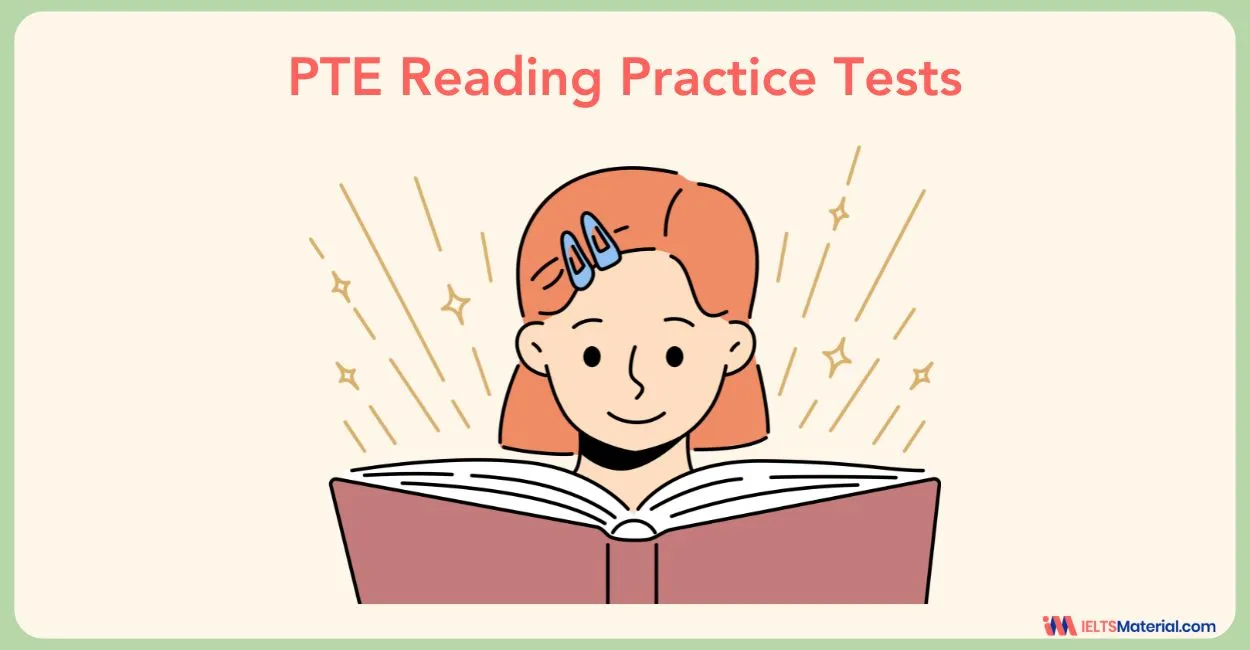



Post your Comments